Physical Address
304 North Cardinal St.
Dorchester Center, MA 02124
Physical Address
304 North Cardinal St.
Dorchester Center, MA 02124
A Friendly Guide to Homemade Nutrition
When deciding if baby food makers are worth the investment, it’s important to consider your lifestyle and cooking habits. For many parents, these appliances can simplify meal prep and provide fresh, homemade food for your little one. They help you easily blend, steam, and store nutritious meals, making it easier to introduce solid foods to your baby. However, you might wonder if the convenience outweighs the cost.
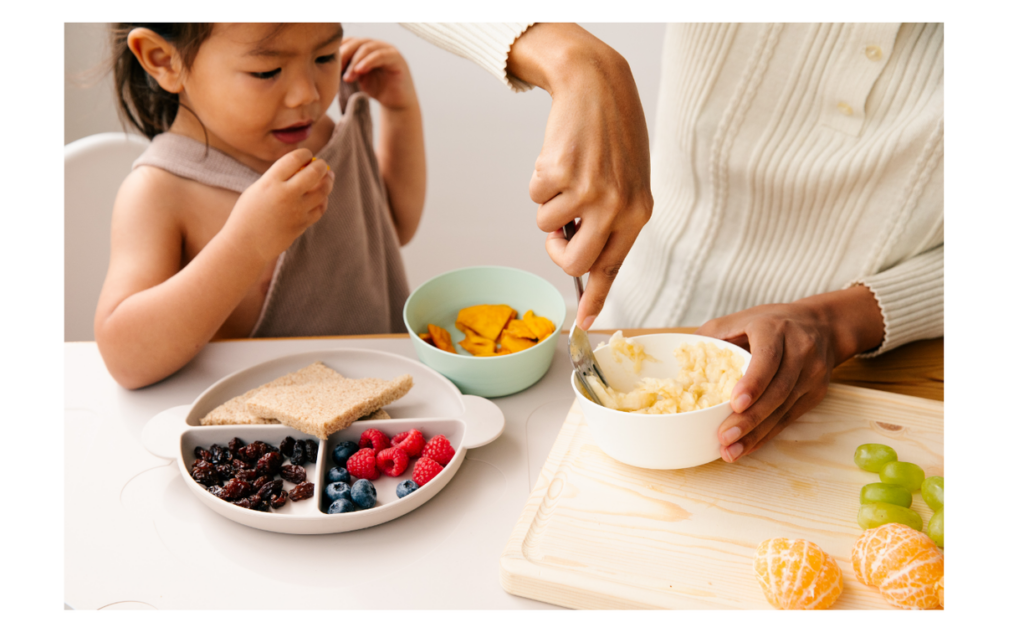
Different types of baby food makers offer various features and price points. Some models are designed for simple tasks, while others can handle multiple functions like steaming and blending at once. By understanding the options, you can better determine which one fits your needs and routines.
As you read on, you’ll discover insights about the benefits of baby food makers, potential challenges they present, and alternatives to consider. This will help you make the best choice for feeding your baby while keeping your kitchen running smoothly.
Baby food makers play an important role in preparing nutritious meals for your little one. They simplify the process of making homemade baby food, which many parents prefer for health reasons.
These machines often combine several functions. Here are some common features:
Using a baby food maker allows you to control the ingredients. You can choose fresh, organic items without additives or preservatives. This can be a big plus for many families.
Another benefit is the ability to make larger batches. You can prepare meals in advance and store them. This saves time during busy days.
If you’re thinking about getting a baby food maker, consider how often you’ll use it. If you plan to prepare meals regularly, it may be worth the investment. Some models are designed specifically for busy parents with easy-to-use functions.
In addition, many makers are versatile. They can be used for making smoothies or other types of food later on. This means you’ll get more use out of it even after your baby has moved on to solid foods.
When deciding on a baby food maker, it’s helpful to know the main types available. Each type has its benefits and features that cater to different needs and preferences for making baby food at home.
All-in-one baby food processors are popular for their versatility. These machines combine cooking and blending functions into one unit.
One great example is the Beaba Babycook Solo. It allows you to steam veggies and then blend them in the same bowl. This helps keep nutrients intact while minimizing cleanup.
Steamers and blenders are another great option for preparing baby food. This type of maker usually involves two separate appliances: one for steaming and another for blending.
For instance, the Baby Brezza food maker is designed with both steaming and blending functionalities. It allows you to prepare different textures as your child grows, making it a worthy addition to your kitchen.
Manual mills and grinders offer a traditional approach to making baby food. These tools focus on blending softer foods manually.
These tools can be a great choice if you want to make smaller batches or are looking for a portable option. They are ideal for travel or quick meal prep at home. Choosing a manual option can also connect you more closely with your food preparation process.
Using baby food makers can provide you with several advantages. These devices help you take charge of your baby’s nutrition while also making meal prep easier. Here are some key benefits to consider.
With a baby food maker, you have full control over what goes into your baby’s meals. You can choose fresh, organic ingredients to ensure your baby gets the best nutrition possible.
You can avoid preservatives and additives found in store-bought baby food. This way, you know exactly what your baby is eating. You can also cater to your baby’s specific taste preferences and dietary needs.
This level of control can lead to healthier eating habits as your child grows. You’ll be setting a strong foundation for their future nutrition.
Baby food makers are designed to simplify meal preparation. You can prepare large batches quickly, which saves you time during busy days. Most machines allow you to steam, blend, and store food all in one unit.
You won’t spend hours cooking and cleaning multiple items. The convenience of making several servings at once minimizes cooking time.
Cleaning is often easy too. Many baby food makers have dishwasher-safe parts, making cleanup after meals a breeze. This means you can spend more time enjoying meals with your baby rather than cleaning up.
Buying jarred baby food can add up quickly. With a baby food maker, you will spend less in the long run. By purchasing fresh ingredients and making meals at home, you can save money each month.
Make your own food in bulk and freeze extra portions. This not only saves money but also reduces food waste. You can use leftovers from family meals too, allowing your baby to enjoy similar flavors.
As your baby grows, you can continue using the maker for smoothies or other meals, making it a worthwhile investment.
A baby food maker allows you to customize meals for your little one. You can blend fruits, vegetables, and even proteins to create unique flavor combinations.
This customization helps you introduce a variety of tastes and textures, which is important for developing your baby’s palate. You can gradually adjust the consistency as your baby grows from purees to chunkier foods.
You can also cater to specific dietary needs, whether it’s allergies or preferences. This personal touch means your baby’s meals can be as diverse and interesting as you wish.
When considering a baby food maker, you’ll want to evaluate the financial commitment, time savings, and how long the appliance will last. Each of these aspects plays a big role in deciding if a baby food maker is right for you.
The price of baby food makers can vary widely. Basic models often start at around $30. High-end options can go for $175 or more.
While the initial cost is important, consider ongoing expenses. You’ll likely need to buy fresh fruits, vegetables, and other ingredients regularly.
This can add up depending on how often you make baby food. If you plan to use the maker for smoothies or other meals later, it can help justify the higher price tag.
Making baby food at home can actually save you time in the long run. A baby food maker often combines steaming and blending in one step.
This can reduce the time it takes to prepare meals compared to using separate appliances.
Plus, you can prepare larger batches and freeze portions. This means fewer cooking sessions as you’ll have meals ready for your baby when needed.
You get to control the ingredients and avoid additives found in store-bought jars, which might be a big relief for busy parents.
A solid baby food maker can last through multiple children. Many models are built to handle regular use without wearing out quickly.
Look for makers made from durable materials. Some even come with warranties, which can add peace of mind to your purchase.
If you plan to use it for different foods after your baby is done with purees, investing in a strong, multi-functional model can be worth it.
This way, you ensure that your purchase serves your family for years, making it a valuable addition to your kitchen.
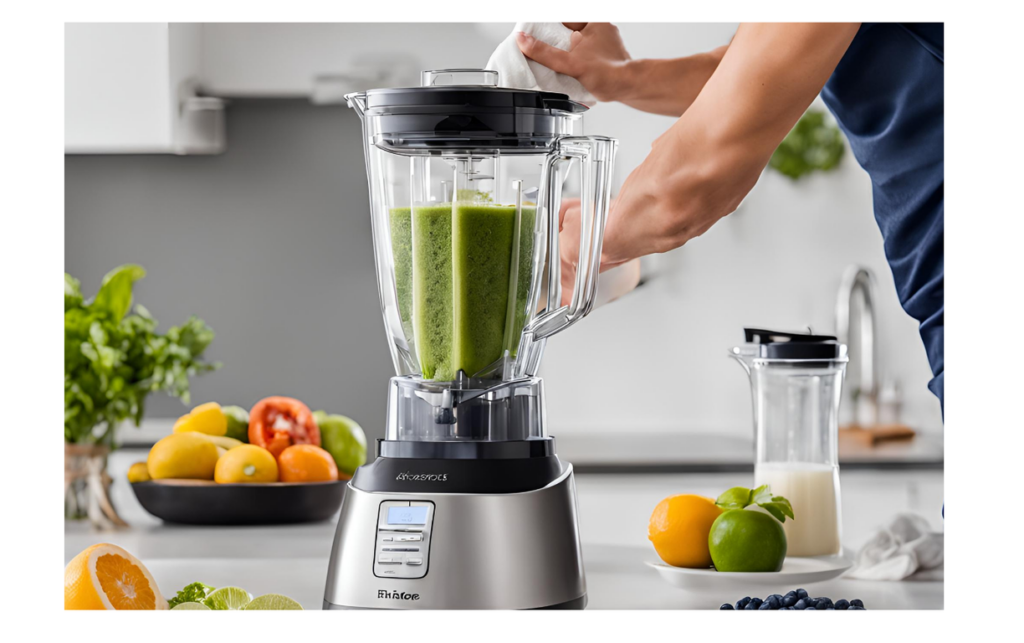
Using a baby food maker can bring up some concerns. You might worry about the learning curve, the cleaning process, and how much space these gadgets take. Here’s a closer look at each of these factors.
When you first start using a baby food maker, you may find it confusing. Each machine has different features and settings. It might take you a little time to figure out how to steam, blend, and puree effectively.
To make it easier:
With practice, you’ll gain confidence and find it much simpler to whip up healthy meals for your baby.
Cleaning your baby food maker can be a task, especially if you don’t do it right after use. Food residue can stick, making it harder to clean later.
Here are some tips to simplify the process:
Regular maintenance ensures your food maker lasts longer and works efficiently.
Baby food makers can take up valuable counter space. If your kitchen is small, finding a good spot might be a challenge. You’ll want to consider where to store it when not in use.
Consider these strategies:
Being organized can help reduce kitchen clutter and make meal prep simpler for you.
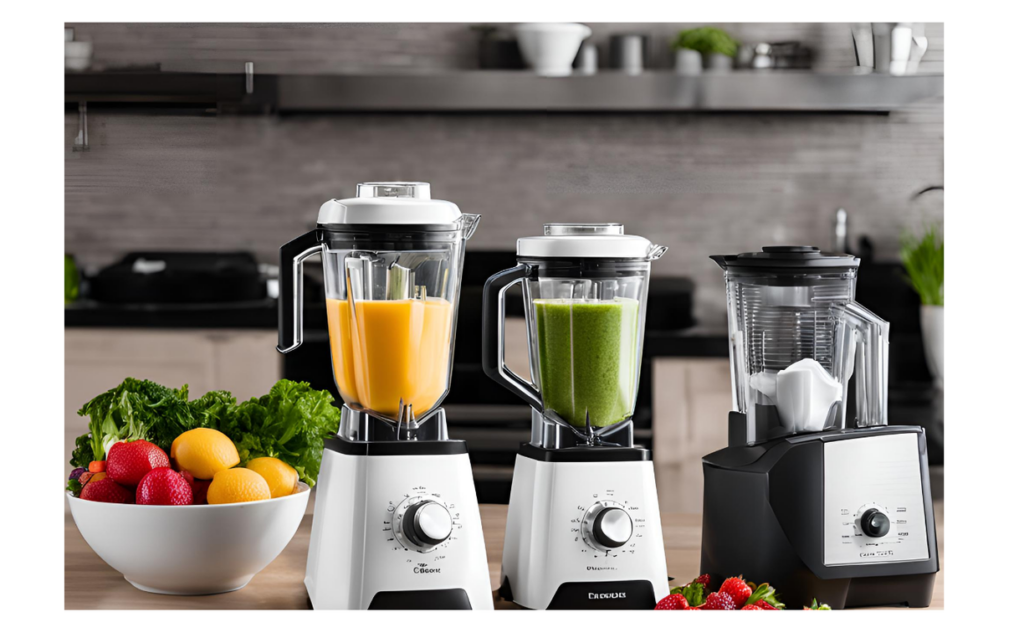
Choosing the right baby food maker requires you to think about several important factors. Each of these will help you decide what is best for you and your little one.
Consider your baby’s specific dietary needs. Are you introducing solids for the first time or are you preparing a variety of purees?
If your baby has allergies, check that the maker can handle different ingredients safely. Look for a product that can steam and blend foods easily. Some makers have options for different textures, which is helpful as your baby grows.
You might also want to prepare larger batches and store them. Despite the convenience, ensure the product can keep foods fresh. This allows you to save time during busy weeks.
Think about your kitchen space and how often you plan to use the baby food maker. If you have limited counter space, a compact model might be best.
Some makers offer multiple functions, like steaming and blending, which can save space and time.
Consider how busy your lifestyle is. A machine that is easy to clean and assemble will make your life easier. Look for models with fewer parts, as they are often quicker to clean.
If you make baby food regularly, invest in a more robust model that can handle heavy use.
Researching brands and product reviews is essential. Check how other parents feel about the models you’re considering.
Look for products that have high ratings for reliability and ease of use. Many parents appreciate models that are simple to operate, especially during busy cooking times.
You can find helpful feedback on dedicated parenting sites and forums. The Best Baby Food Makers, Tested and Reviewed by Parents article shows various reviews on different makers, while Best Baby Food Makers 2024, Plus Expert Tips – Forbes Vetted offers expert insights.
Pay attention to safety and quality certifications, as these factors can impact your choice.
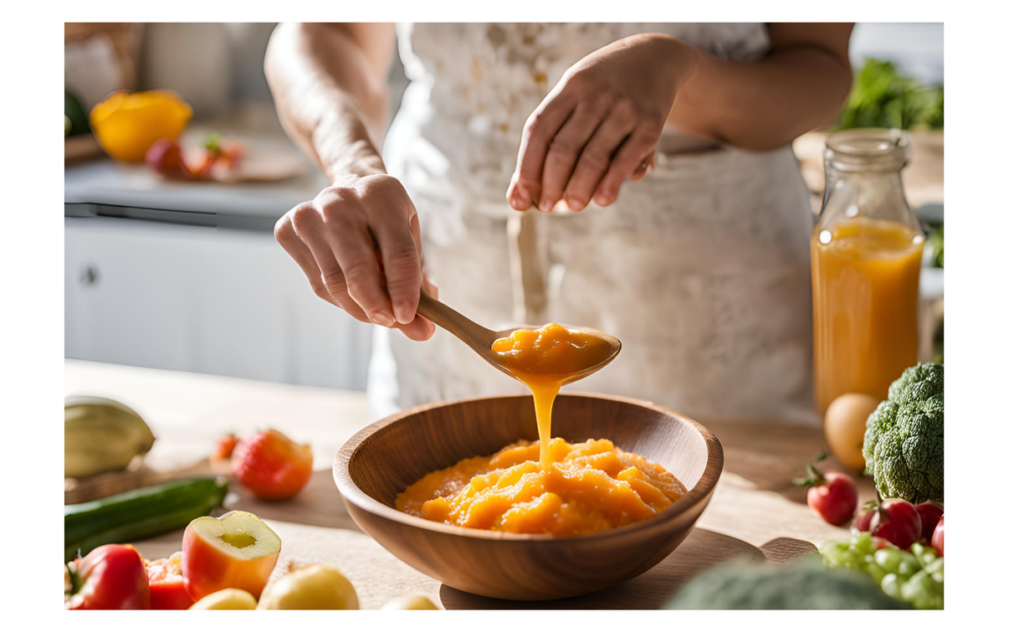
If you’re not sure about getting a baby food maker, there are several simple alternatives you can try.
1. Regular Blender
A standard blender can make smooth purees just as well as a baby food maker. You can use it for fruits, vegetables, and even cooked grains.
2. Food Processor
A food processor is versatile and can chop, blend, and puree. It’s great for making larger batches of baby food to store for later.
3. Masher
For soft foods like bananas or avocados, a simple masher works wonders. Just mash them to your desired consistency.
4. Fork
Using a fork is effective for mashing foods like sweet potatoes or peas. It’s also handy for small portions.
5. Steamer and Blender Combo
You can steam veggies on the stove and then blend them. This method keeps nutrients intact while making tasty purees.
6. Store-Bought Options
If you’re short on time, consider buying organic baby food jars. They can be a convenient choice when you need something quick.
These alternatives can offer flexibility and may save you some space in your kitchen. Each method helps you create nutritious meals for your little one without needing a specialized gadget.
Many parents find baby food makers a convenient addition to their kitchens. Real-world experiences can provide valuable insights into their effectiveness and practicality. Here’s what some parents and experts have to say.
Many parents appreciate the ease of making baby food at home. One mom shared that using a baby food maker saved her time and reduced waste. She could blend fresh fruits and vegetables quickly for her baby.
Others mention versatility as a key benefit. For instance, some parents use their makers for smoothies or soups once baby food is no longer needed. Ease of cleaning is another common point of praise, with several parents noting that many models are user-friendly.
However, some parents point out that these machines may not always be necessary. They suggest that a regular blender or food processor could work just as well, especially for families on a budget.
Experts agree that baby food makers can be a valuable tool. Many highlight their ability to prepare fresh, nutritious meals. They also make it easy to control ingredients, which is important for babies with allergies.
Some professionals caution families not to rely solely on these gadgets. They advise that having basic cooking skills is essential too. Many baby food makers are versatile, but there’s a learning curve to maximize their potential.
Cost can be a consideration as well. Baby food makers range from basic models at around $30 to high-end versions over $175. Experts often recommend considering how long you plan to use it before making a purchase decision.
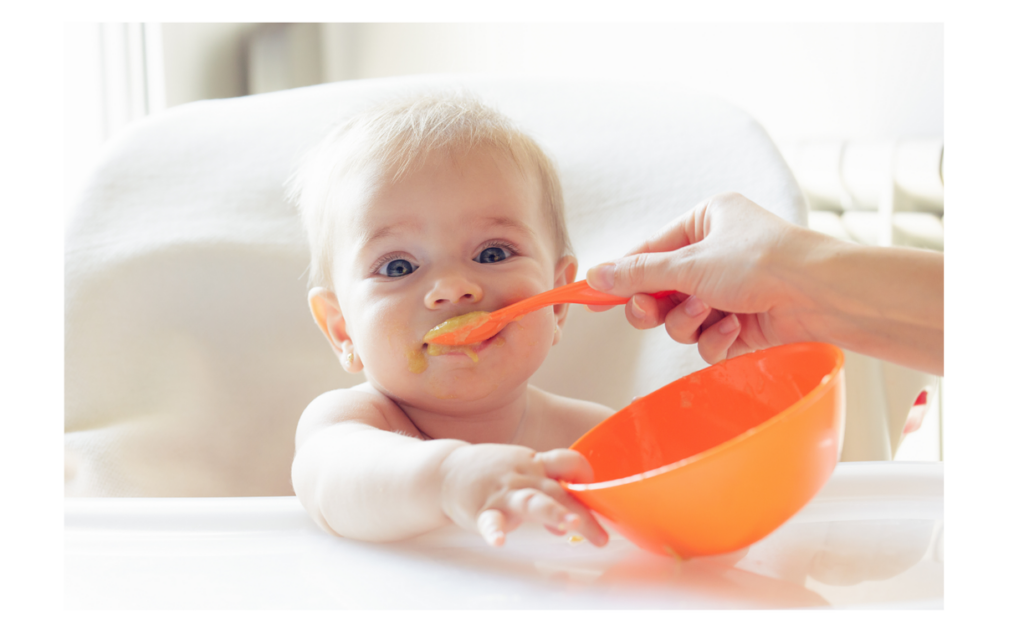
Deciding if a baby food maker is worth it depends on your needs. These tools can make feeding your baby easier and healthier.
Benefits include:
Some users find that they’ll use a baby food maker for a limited time, typically around 8 months. But this time can vary. If you plan to have more children, your baby food maker can be helpful again.
While it’s an investment, the flexibility and convenience might make it a smart choice for busy parents. You could also use it for other foods, like smoothies.
If you value homemade baby food, consider trying a maker. Visiting this link can help you learn more about the pros and cons.

You might have some questions about using a baby food maker. Here are specific points to help you understand what to consider and the benefits of having one in your kitchen.
When choosing a baby food maker, look for features like cooking and steaming functions. Consider the size and ease of cleaning, as these can save you time. You should also check if it can handle different types of food like fruits, veggies, and grains.
Using a baby food maker lets you prepare fresh food for your little one. This approach often means healthier meals, as you control the ingredients. It can also save money compared to store-bought baby food over time.
Baby food makers combine cooking and blending in one device. Traditional methods might require separate tools for cooking and pureeing, which can be messier and take longer. With a baby food maker, you usually get a more streamlined process.
Yes, baby food makers can save you a lot of time. Many models allow you to cook and blend food simultaneously. This convenience means less time prepping and cleaning up, which is helpful when you have a busy schedule.
Most baby food makers are designed with safety in mind. However, always check for BPA-free materials and ensure the device is sturdy to avoid spills. Following the manufacturer’s instructions will also help keep things safe.
The best baby food makers often have versatile functions like steaming, blending, and reheating. Look for models with multiple speed settings and the ability to handle various ingredient types. A good warranty and easy cleaning features are also important to consider.